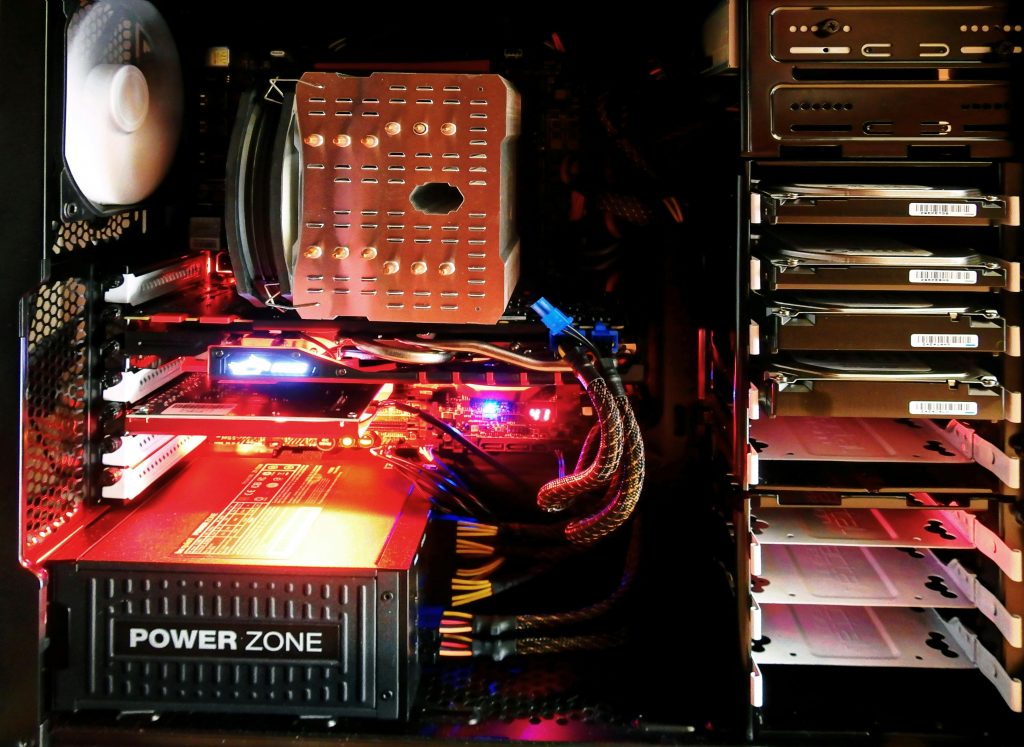Troubleshooting a Black Screen on Windows After Sign-In: Causes and Solutions
Encountering a black screen after signing into Windows can be a perplexing experience, especially when the mouse cursor is visible and Task Manager functions correctly. While this issue can stem from various causes, identifying the root cause and applying effective solutions can restore your system to normal operation. Below, we explore a common scenario, diagnose potential problems, and provide step-by-step troubleshooting advice.
Scenario Overview
Recently, a user encountered a recurring problem during a game update via Steam, where the process consistently failed with a disc error message. The following morning, upon booting the computer, the user logged into Windows only to face a black screen. Despite the absence of visual desktop elements, the mouse cursor remained visible, and the Task Manager could be summoned, indicating that Windows was still running in the background.
In this state, the Windows C: drive appeared to be at 0% activity, yet other system processes were active. Basic troubleshooting steps such as pressing Win+Ctrl+Shift+B (which refreshes graphics drivers), restarting File Explorer (explorer.exe), and toggling the system power did not resolve the issue.
Possible Causes
The black screen at sign-in can be caused by multiple factors:
- Graphics Driver Issues: Corrupt or outdated graphics drivers may prevent the desktop from rendering correctly.
- System Updates or Corruption: Windows updates or system file corruption can interfere with the normal startup process.
- Display Output Problems: Loose connections or display configuration issues.
- Software Conflicts: Third-party applications interfering with system processes.
- Hardware Failures: Problems with the graphics card, RAM, or other components.
Given that Task Manager is accessible and the cursor is visible, it often indicates that the system is still operational but the display output is not rendering properly.
Step-by-Step Troubleshooting
1. Check Display Connections and Hardware
- Ensure that your monitor cables are securely connected.
- If you are using multiple displays, verify display settings or try disconnecting additional screens.
- Restart the computer and observe if any display issues persist.
2. Boot into Safe Mode
Starting Windows in Safe Mode can help determine if the issue is driver-related.
- Force shutdown your PC by holding the power button.
- Power it on again; when Windows attempts to load, interrupt the startup process three times to trigger the Automatic Repair screen.
- Navigate to **Advanced Options
Share this content:



